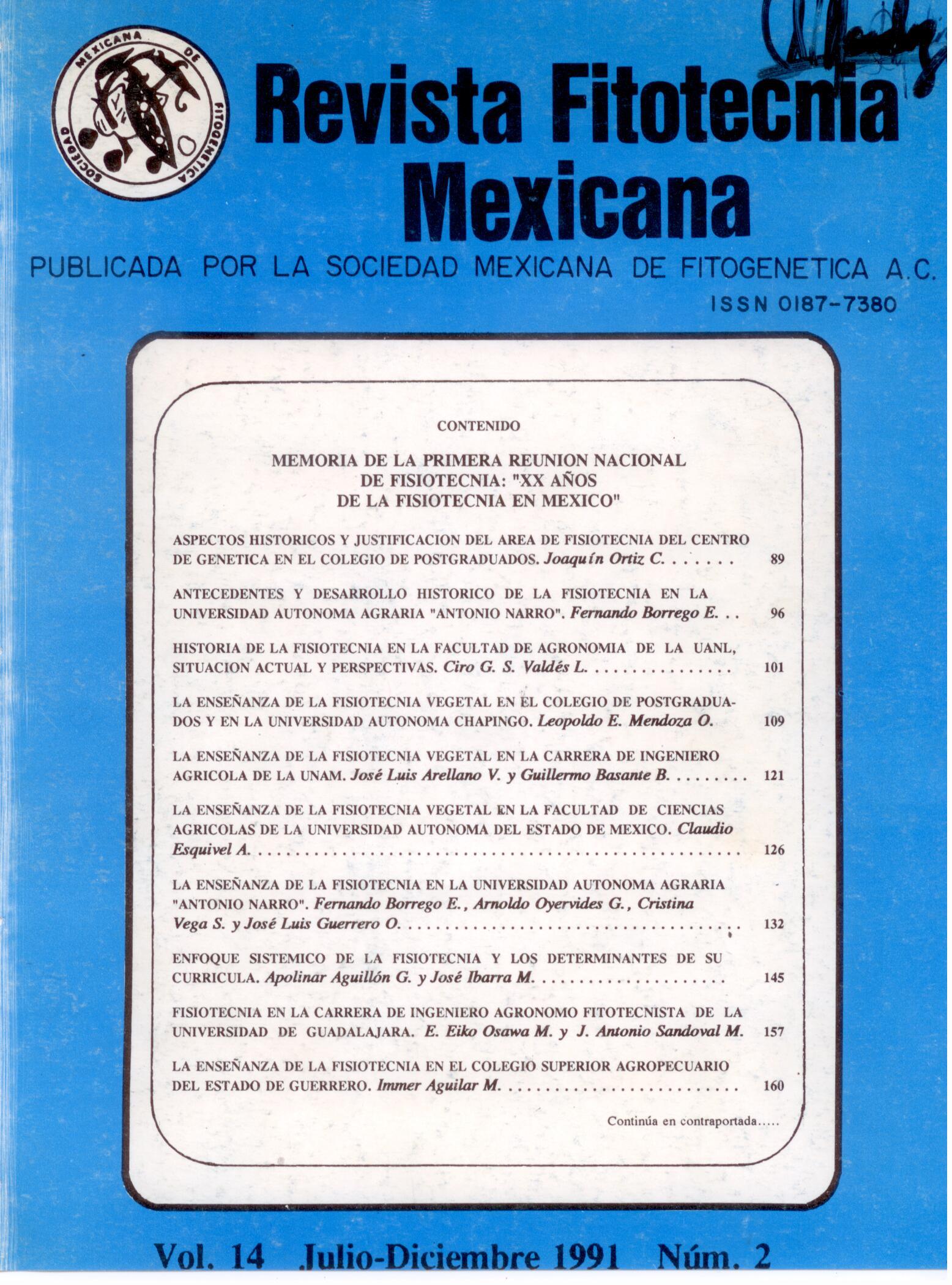GENETIC IMPROVEMENT OF CORN AND PLANT PHYSIOTECHNICS
Main Article Content
Abstract
Plant Physiotechnics is now understood as the application of the physiology, anatomy, morphology and architecture of cultivated plants; This has in part always been inherent to genetic improvement programs for maize (Zea mays L.), but to a large extent it still represents a potential use. The inherent portion has been to take into account routine agronomic characteristics when selecting plants, in addition to yield. Such characters are usually: days to flowering, days to harvest, days to physiological maturity (occasionally), plant height, resistance to lodging and diseases, and some ear and grain characteristics. It should be emphasized that, however, these characteristics are not always taken into account from the beginning of the selection process, but rather in the last stages, when having several genotypes with significantly equal yields, they are used to decide which ones will be those finally selected. On the other hand, such agronomic characteristics are considered after yield, so selection is rarely directed specifically at one or some of them, the exception being, perhaps, resistance to drought. Next, we will do reference to the potential use that Physiotechnics can have in corn genetics. It will be based on the idea that the genotechnician will have some knowledge of it, or that both, the genotechnician and the physiotechnician, will be able to work together. Without attempting to provide an exhaustive account, what is believed to be pertinent in this regard will be stated.

